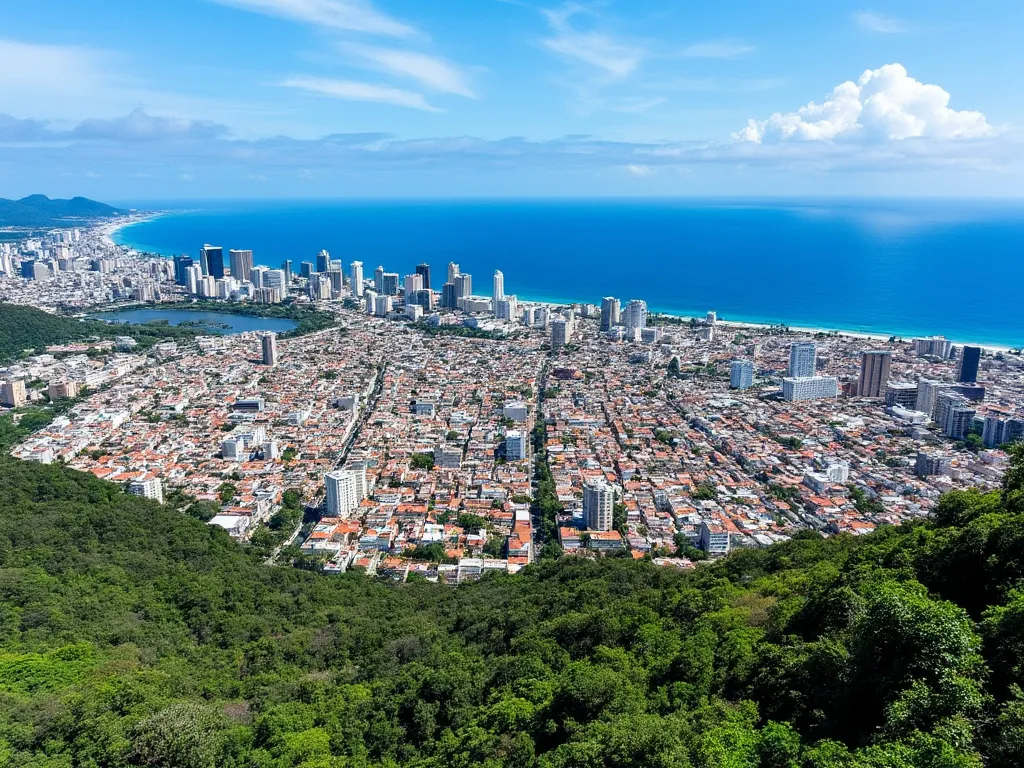
Introduction to Santo Domingo
Santo Domingo, the capital city of the Dominican Republic, is a bustling metropolis that embodies the country's rich history, vibrant culture, and breathtaking natural beauty. Founded in 1496 by Christopher Columbus's brother, Bartholomew Columbus, Santo Domingo is the oldest continuously inhabited European settlement in the Americas.
Santo Domingo information
| Country | 🇩🇴 Dominican Republic |
| Population | approx. 1,026,365 (urban area) |
| Coordinates | 18.4678° N, 69.9134° W |
| Area | 1,404.01 km² (541.7 sq mi) |
| Climate | Tropical savanna climate |
| Language | Spanish |
| Currency | Dominican peso (DOP) |
| Time zone | Atlantic Standard Time (UTC-4) |
| Proximity to other major cities | Santiago ( approx. 155 km/96 mi), Port-au-Prince, Haiti (approx. 338 km/210 mi) |
Historical background of Santo Domingo
Santo Domingo's history is marked by the influence of various cultures, including the indigenous Taino people, Spanish colonizers, African slaves, and later, immigrants from other parts of Europe and the Americas. The city has played a significant role in the region's history, serving as a hub for trade, politics, and culture. Today, visitors can explore the city's colonial past by visiting historic sites such as the First Cathedral of the Americas and the Alcázar de Colón.
Geographical location of Santo Domingo
Santo Domingo is situated on the southeastern coast of the Dominican Republic, at the mouth of the Ozama River. The city's geography is characterized by rolling hills, scenic coastline, and lush tropical forests. The city's coastal location has made it an important center for trade and commerce throughout its history.
Cultural significance of Santo Domingo
Santo Domingo is a city that pulsates with energy and life. The city's vibrant cultural scene is reflected in its music, dance, art, and cuisine. Visitors can experience the city's Afro-Caribbean rhythms by attending a live music performance or dance show. The city's cuisine is a fusion of Spanish, African, and indigenous influences, featuring popular dishes such as sancocho and mangú.
Economic importance of Santo Domingo
Santo Domingo is the economic and financial hub of the Dominican Republic, accounting for a significant portion of the country's GDP. The city is home to the country's main port, making it a vital center for trade and commerce. Tourism is also a significant contributor to the city's economy, with visitors drawn to the city's rich history, cultural attractions, and beautiful beaches.
Interesting facts about Santo Domingo
- The city is home to the oldest street in the New World, Calle de las Damas (Ladies' Street).
- Santo Domingo has the oldest cathedral in the Americas, the First Cathedral of the Americas.
- The city's oldest building, the Alcázar de Colón, was built in the early 16th century.
- Santo Domingo has a thriving arts scene, with numerous galleries and museums showcasing local and international art.
Tourist attractions in Santo Domingo
Visitors to Santo Domingo can explore a wide range of attractions, including:
- The First Cathedral of the Americas
- The Alcázar de Colón
- The National Museum of History and Geography
- The Palace of Fine Arts
- The beautiful beaches of the Malecón
Conclusion on Santo Domingo
Santo Domingo is a city that offers a unique blend of history, culture, and natural beauty. From its colonial past to its vibrant cultural scene, the city is a must-visit destination for anyone interested in exploring the heart of the Dominican Republic.
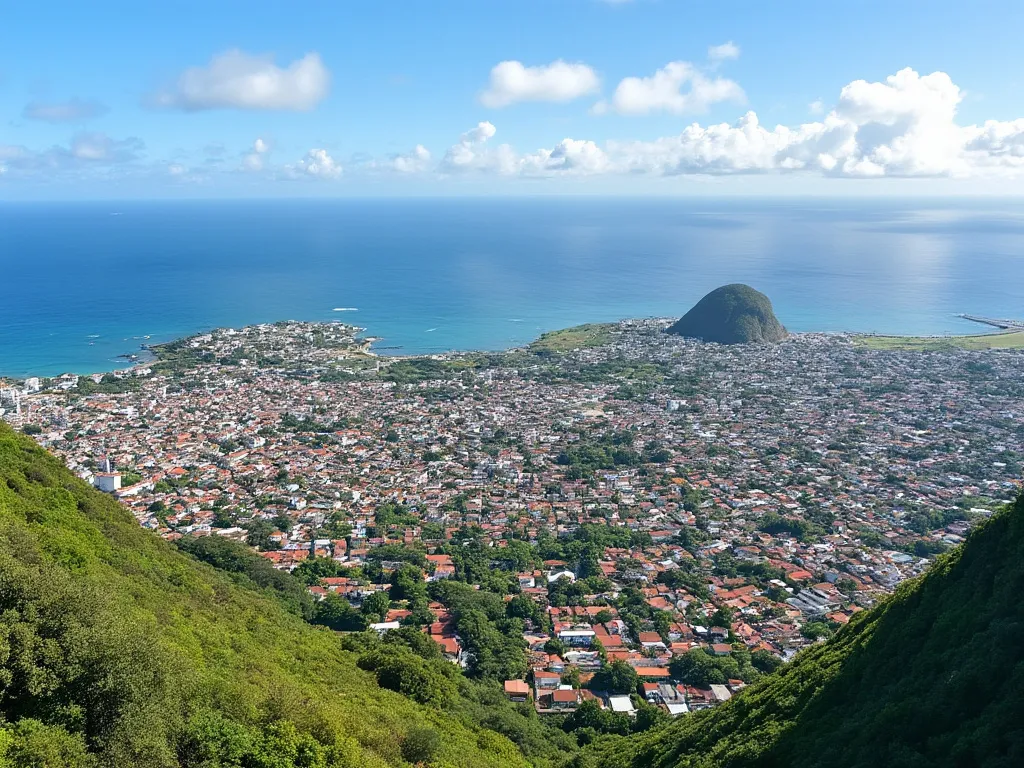 São Tomé
São Tomé
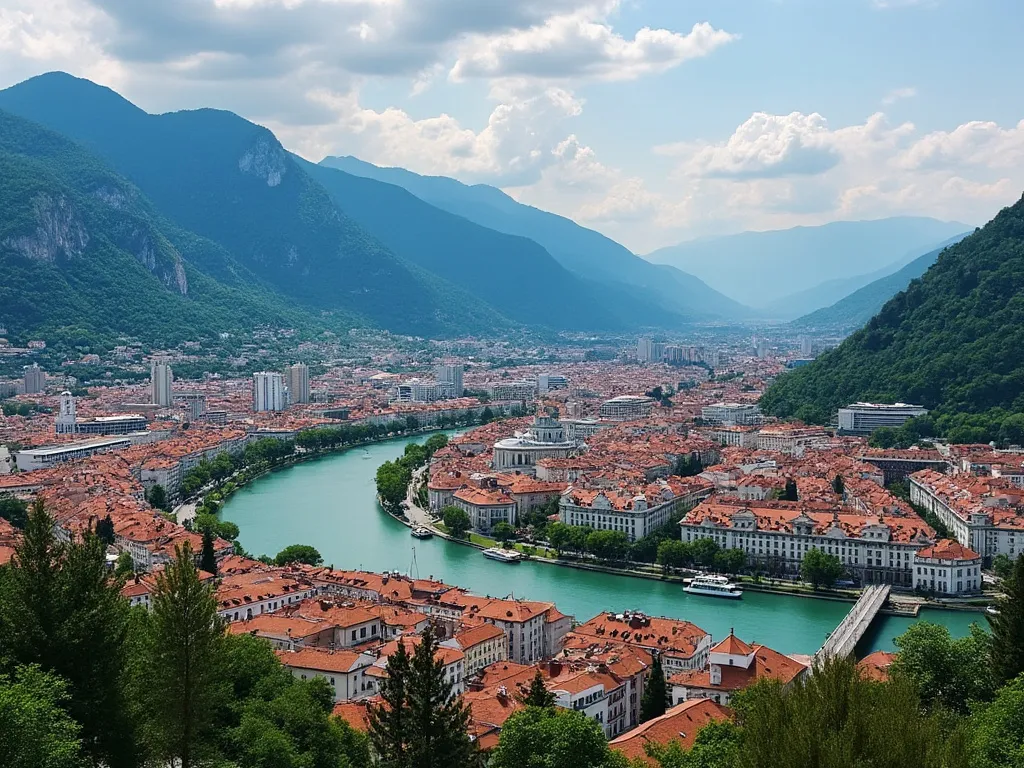 Sarajevo
Sarajevo
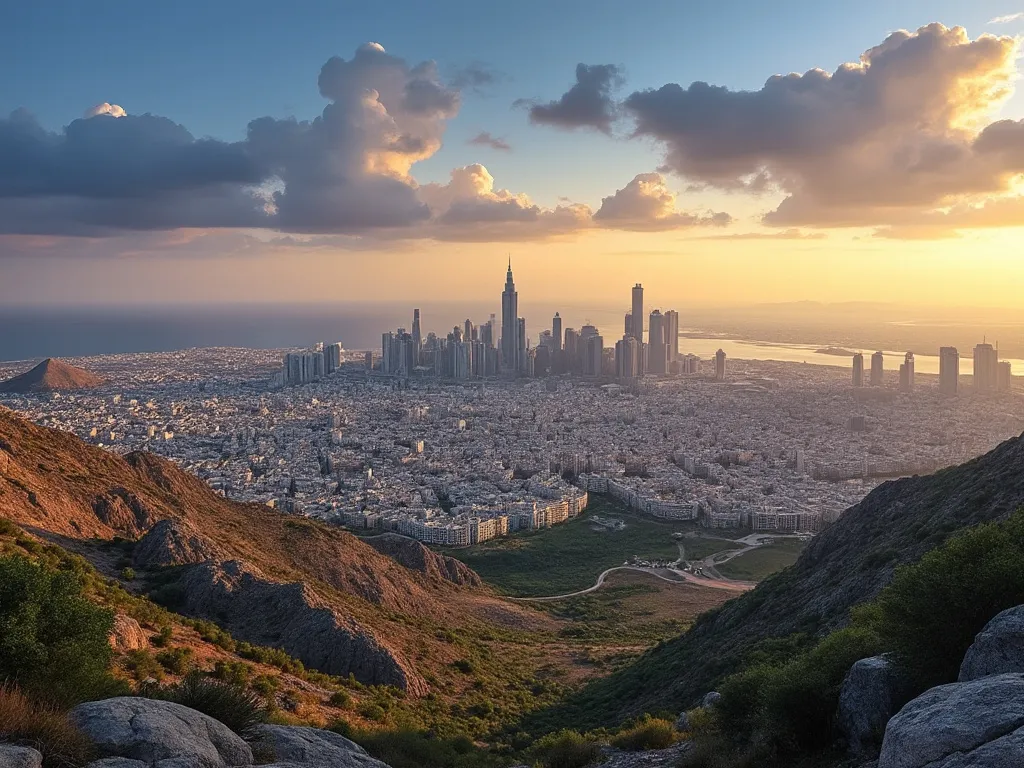 Sana'a
Sana'a
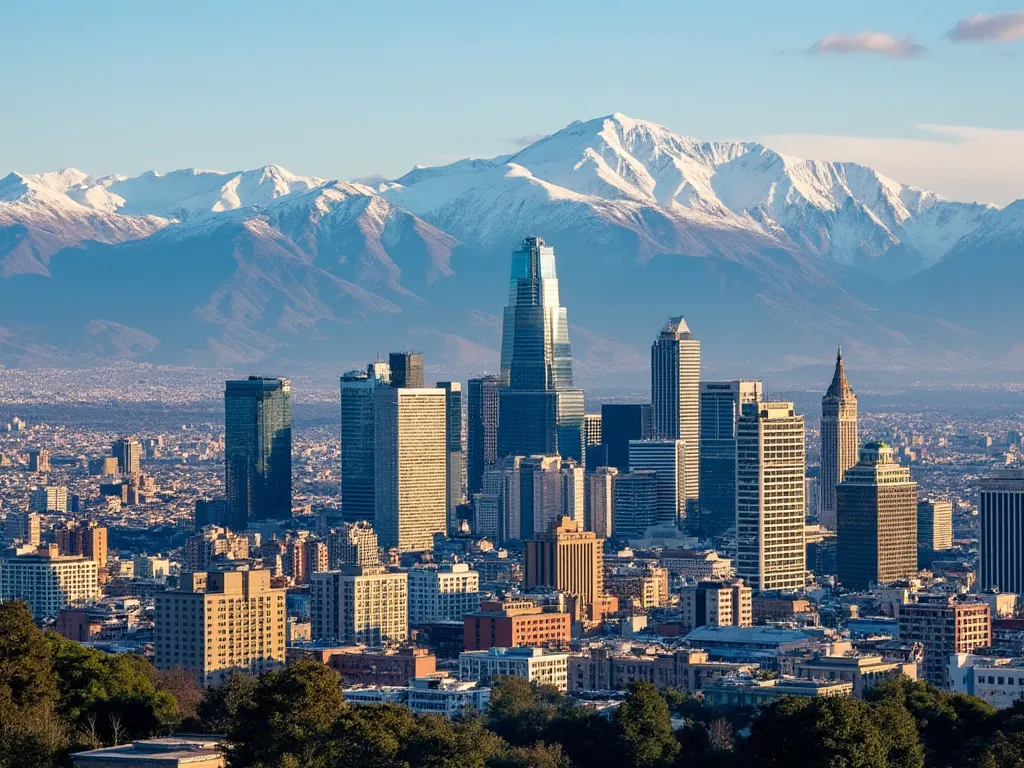 Santiago
Santiago